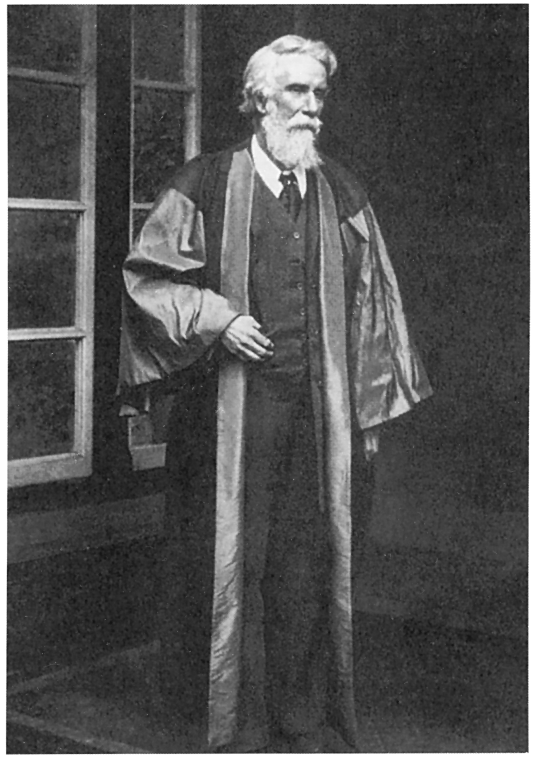Liberty Matters
Patterns of Evasion

Thanks to Judge Glock for his kind reply, and also to my fellow commentors. The fruitful exchange is rapidly turning into a Federal Courts mini-seminar. I teach this stuff, so I’m happy to have at it. I am very sympathetic to Judge Glock’s project. But I fear that it will prove even more difficult than he expects. Intellectually, actually, it’s not all that hard; practically, it’s well-nigh intractable, at least in the near future.
Here is how this works: you teach one session on officer liability under Section 1983, post Monroe v. Pape (duly cited in Judge Glock’s response). Then, you teach three or four sessions on the Supreme Court’s work-arounds: he’s not an officer. He couldn’t have known. You cannot sue a state agency on a federal 1983 claim. Implied statutory rights can’t be enforced via Section 1983. The offense isn’t all that important. (A leading case is Parratt v. Taylor, involving a prison inmate’ constitutional complaints over the guards’ negligent displacement of his hobby kit, valued at $23.50. It’s right there in Hart & Wechsler’s Federal Courts, starting on page 1016.)
This pattern of evasion stems from a deep distrust in common law that impedes Judge Glock’s project at every turn. The cornerstone is Justice Brandeis’s 1938 decision in Erie Railroad, which said that in diversity cases, federal courts must follow the rules of the state where they sit, not some federal common law: any federal rule of decision must come from Congress. As the late, great Grant Gilmore noted, that case cannot possibly mean what it seems to be saying. And sure enough, it doesn’t. There are work-arounds for federal contracts; foreign affairs; labor unions; interstate disputes; federal institutions; maritime law; arbitration. Just as there are for officer liability. Eight more FedCourts sessions. And here as with officer liability, it’s improvisation all the way. Never a re-think.
Why this pattern? Part of the resistance to Dicey-an intuitions stems from a clause-bound, positivist version of originalism that treats Erie Railroad as the Holy Grail. It’s the anti-Lochner (as Sam Issacharoff has put it). And just as Lochner was indelibly wrong, so Erie must be indelibly right because it stands for the proposition, supposedly, that federal judges can’t make things up. To overcome that resistance, you’d need an intellectual re-commitment to what Jim Stoner calls common law originalism. I take Judge Glock’s project to partake of that mini-movement in originalist thought.
The other difficulty is generational. Many of our leading jurists had the great misfortune of attending Harvard Law School at the nadir of American jurisprudence, when Federal Courts ideology had become entrenched. They are not about to re-think that stuff. With intellectual effort, the problem may well fix itself over time. But for now, it is a real problem, especially for appellate lawyers. You have to recognize the rickety foundation of the law as it stands—and then litigate around it. With every one of those maneuvers, our improvised law, so-called, becomes further entrenched. And so for now, it is what it is.
Copyright and Fair Use Statement
“Liberty Matters” is the copyright of Liberty Fund, Inc. This material is put on line to further the educational goals of Liberty Fund, Inc. These essays and responses may be quoted and otherwise used under “fair use” provisions for educational and academic purposes. To reprint these essays in course booklets requires the prior permission of Liberty Fund, Inc. Please contact oll@libertyfund.org if you have any questions.